Intro
Recognize low blood sugar signs, symptoms, and causes. Learn to manage hypoglycemia, sugar crashes, and insulin imbalance with diet and treatment options.
Low blood sugar, also known as hypoglycemia, is a condition that occurs when the level of glucose in the blood falls below a certain threshold. It is a common problem that can affect anyone, but it is more prevalent in people with diabetes. Recognizing the signs of low blood sugar is crucial, as it can help individuals take prompt action to prevent serious complications. In this article, we will delve into the importance of understanding low blood sugar signs, their causes, symptoms, and treatment options.
The human body relies on glucose as its primary source of energy. When we eat, our body breaks down carbohydrates into glucose, which is then absorbed into the bloodstream. The pancreas regulates blood sugar levels by releasing insulin, a hormone that helps cells absorb glucose. However, when the body produces too much insulin or does not produce enough glucose, blood sugar levels can drop, leading to hypoglycemia. Low blood sugar can be caused by various factors, including skipping meals, taking too much medication, or engaging in strenuous physical activity.
Understanding the signs of low blood sugar is essential, as it can help individuals take prompt action to prevent serious complications. If left untreated, low blood sugar can lead to confusion, seizures, and even loss of consciousness. In severe cases, it can cause brain damage, coma, or even death. Therefore, it is crucial to recognize the symptoms of low blood sugar and take immediate action to raise blood glucose levels.
Causes of Low Blood Sugar
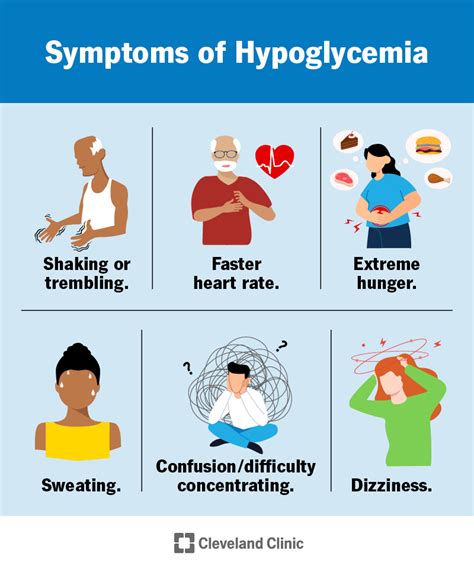
Symptoms of Low Blood Sugar
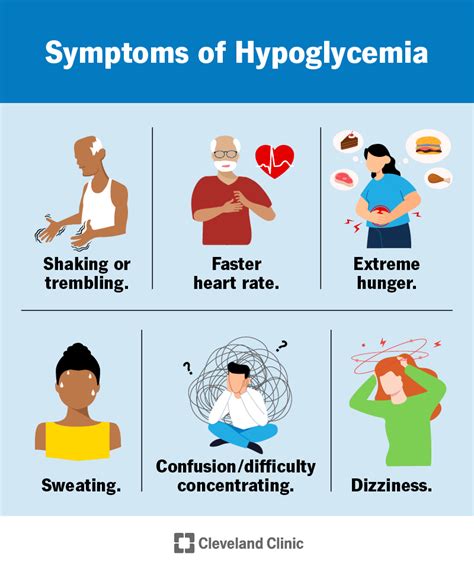
Treatment Options for Low Blood Sugar
If you experience any of the symptoms of low blood sugar, it is essential to take immediate action to raise your blood glucose levels. Here are some treatment options: * Eating glucose-rich foods: Consuming glucose-rich foods, such as fruit juice, candy, or glucose tablets, can help raise blood sugar levels quickly. * Taking glucose tablets: Glucose tablets are a convenient and quick way to raise blood sugar levels. * Drinking sugary drinks: Drinking sugary drinks, such as soda or sports drinks, can help raise blood sugar levels. * Eating a meal: If you have not eaten recently, eating a meal can help raise blood sugar levels.Prevention of Low Blood Sugar
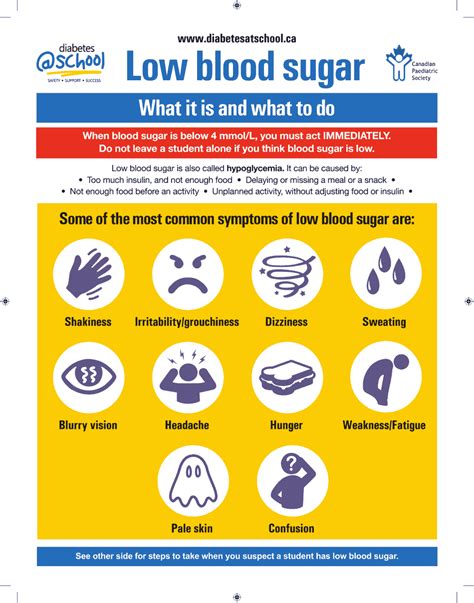
Complications of Low Blood Sugar
If left untreated, low blood sugar can lead to serious complications, including: * Confusion and disorientation * Seizures * Loss of consciousness * Brain damage * Coma * DeathDiagnosing Low Blood Sugar
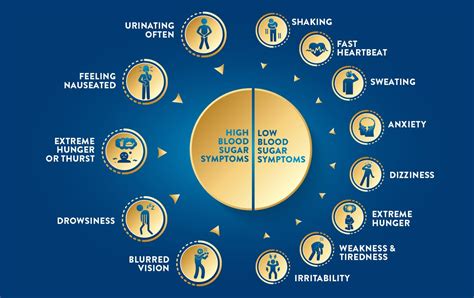
Managing Low Blood Sugar
Managing low blood sugar requires a comprehensive approach that includes: * Lifestyle changes: Making lifestyle changes, such as eating regular meals and avoiding excessive exercise, can help prevent low blood sugar. * Medication adjustments: Adjusting medication doses or types can help prevent low blood sugar. * Glucose monitoring: Glucose monitoring can help track blood glucose levels and identify any fluctuations. * Emergency planning: Having an emergency plan in place, such as carrying glucose tablets or a glucagon kit, can help treat low blood sugar quickly and effectively.Treatment of Low Blood Sugar in Different Populations
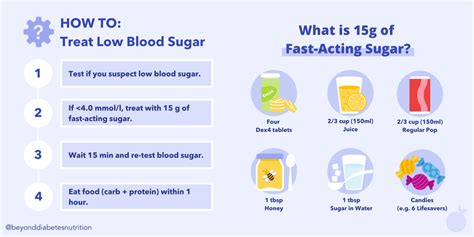
Future Directions in Low Blood Sugar Research
Research on low blood sugar is ongoing, and future directions include: * Developing new medications: Developing new medications that can help prevent or treat low blood sugar more effectively. * Improving glucose monitoring: Improving glucose monitoring technologies to make them more accurate and convenient. * Personalized medicine: Developing personalized treatment plans that take into account an individual's unique needs and medical history.What are the symptoms of low blood sugar?
+The symptoms of low blood sugar can vary from person to person, but they often include shakiness or tremors, dizziness or lightheadedness, confusion or disorientation, slurred speech, nausea or vomiting, rapid heartbeat, sweating or clamminess, hunger or craving for sweets, irritability or mood swings, and fatigue or weakness.
How can I prevent low blood sugar?
+Preventing low blood sugar requires a comprehensive approach that includes eating regular meals, monitoring blood sugar levels, adjusting medication, avoiding excessive exercise, and staying hydrated.
What should I do if I experience low blood sugar?
+If you experience low blood sugar, it is essential to take immediate action to raise your blood glucose levels. This can include eating glucose-rich foods, taking glucose tablets, drinking sugary drinks, or eating a meal.
In summary, low blood sugar is a common condition that can affect anyone, but it is more prevalent in people with diabetes. Recognizing the signs of low blood sugar is crucial, as it can help individuals take prompt action to prevent serious complications. By understanding the causes, symptoms, and treatment options for low blood sugar, individuals can take control of their health and prevent low blood sugar from occurring. We invite you to share your thoughts and experiences with low blood sugar in the comments section below. If you found this article helpful, please share it with your friends and family to help raise awareness about this important health topic.
